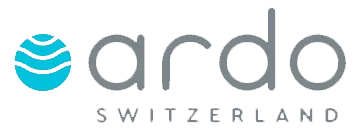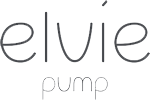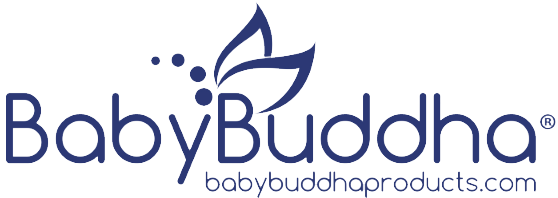How Long Is Breast Milk Good After Warming?
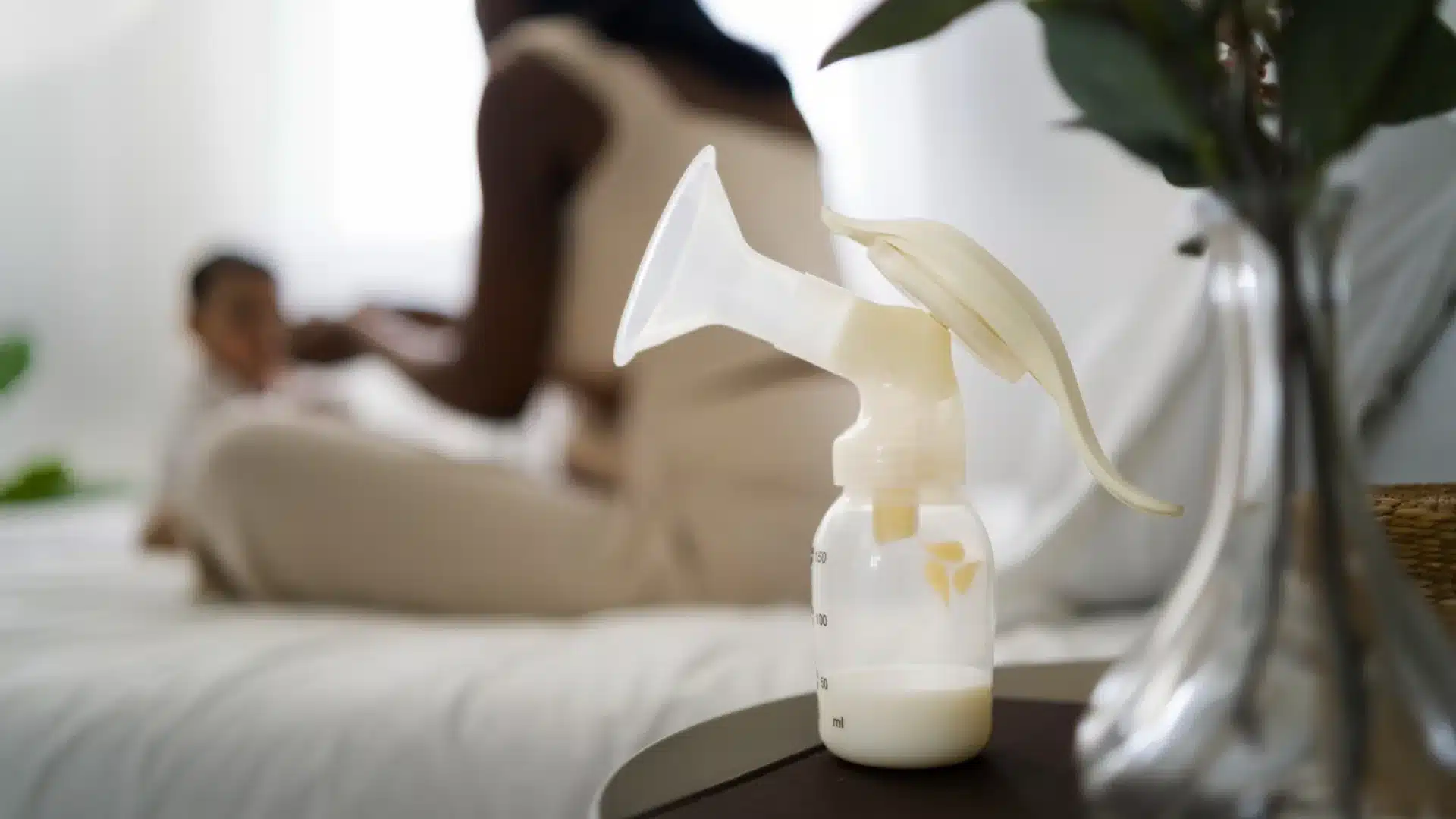
You warm a bottle while your baby naps, but then they sleep longer than expected. Or you heat up milk in the middle of the night, only for your baby to nurse instead. It happens more often than you’d think.
In moments like these, it’s natural to pause and wonder if the milk is still okay to use. This guide will walk you through what you need to know, with simple facts you can trust. So the next time, you’ll feel more at ease.
Key Takeaways:
- Warm breast milk gently using warm water, running water, or a bottle warmer.
- Avoid using a microwave or stovetop as they heat unevenly and can destroy nutrients.
- Keep milk below 104°F (40°C) and test on your wrist to ensure it’s safe for your baby.
- Follow the 2-hour rule: once warmed, use or discard milk within 2 hours.
- Never reheat or refreeze warmed or thawed breast milk.
- Label, store, and handle breast milk carefully to maintain safety and quality.
How to Warm Breast Milk Safely
When you warm breast milk the right way, you help preserve its nutrients and keep your baby safe. Here are the best methods and what to avoid.
Recommended Ways to Warm Breast Milk
- Use a bowl of warm water: Place the sealed bottle or milk bag in a clean bowl of warm water. Let it sit for a few minutes. Swirl it gently every now and then so it heats evenly. The water should feel warm, not hot, ideally, the milk should stay below 104°F (40°C) to protect its natural goodness.
- Try warm running water: If you’re in a rush, this is a quick option. Hold the container under warm (not hot) tap water. Keep the cap tightly closed, and rotate the bottle gently while the water runs over it so the milk heats evenly.
- Bottle warmers are okay too: A bottle warmer can be handy, especially at night. Just make sure you follow the instructions and avoid overheating. Always check the milk’s temperature before feeding.
How to Check the Temperature?
After warming, test a few drops on the inside of your wrist. It should feel warm like bath water but not hot. If it feels too hot for your skin, it’s too hot for your baby.
Gently swirl the milk to mix the fat back in. Avoid shaking hard, as that can damage some of the natural proteins in the milk.
What Not to Do
- Never microwave breast milk: Microwaves can heat unevenly and create hot spots that may burn your baby’s mouth. It can also damage the nutrients present in the milk.
- Avoid the stovetop and boiling water: Don’t place milk directly on the stove or in boiling water. It can heat too quickly and make the milk unsafe for your baby.
What Experts Say: The 2-Hour Rule
When you’ve warmed a bottle but your baby doesn’t finish it, it’s natural to wonder how long it’s still safe to use. That’s why health experts recommend something called the 2-hour rule.
What the Rule Says
Once breast milk has been warmed or left out at room temperature, it should be used within 2 hours. After that, it’s safest to throw away any leftover milk. This applies whether the milk was freshly pumped, taken out of the fridge, or thawed from the freezer. As soon as it warms up, that 2-hour clock starts.
Why Does the 2-Hour Rule Exist?
The rule is based on how bacteria behave once milk is no longer cold. When milk sits out at room temperature, bacteria can grow quickly even in breast milk. If your baby drinks it after too long, it could lead to tummy troubles or illness.
Since babies have developing immune systems, they’re more sensitive to anything unsafe. That’s why experts say it’s better to be cautious and stick to the 2-hour window.
Can You Reuse or Store Warmed Milk?
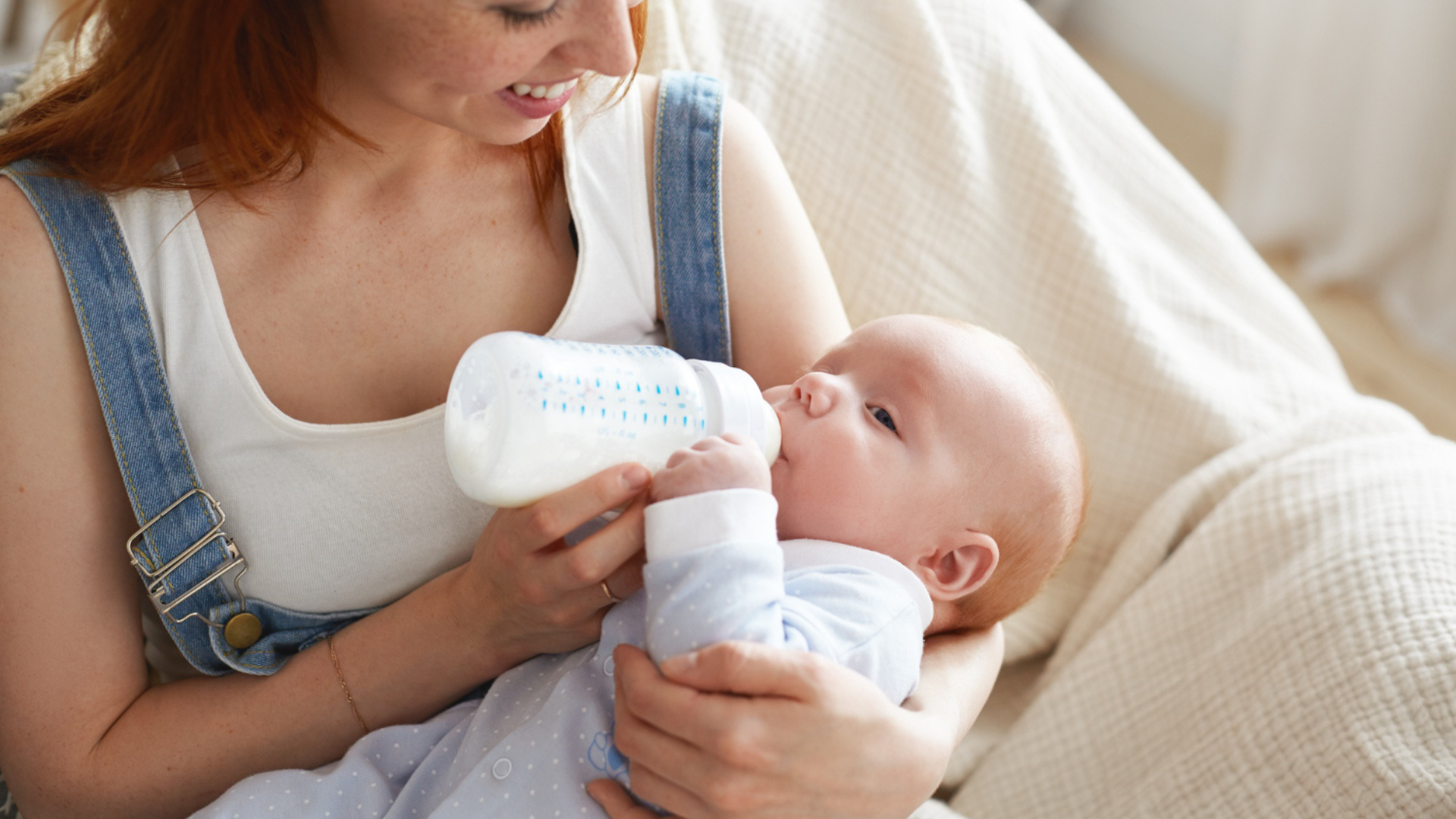
As you know by now, once breast milk is warmed, it becomes more sensitive to bacteria. Handling it carefully from this point helps keep your baby safe.
Reheating Warmed Milk
Warmed milk isn’t meant to be reheated. Once it’s been brought to room temperature or warmed, it’s best to use it within the recommended time (2 hours). Reheating can affect the milk’s quality and increase the chance of bacteria growing, so if it’s already been warmed once, it’s safer to let it go.
Leftover Milk from a Feed
If your baby starts feeding but doesn’t finish the bottle, any milk left behind should be discarded. Once the bottle touches your baby’s mouth, germs can pass into the milk, and saving it for later just isn’t worth the risk.
Refrigerating Unused Warmed Milk
If you’ve warmed a bottle but haven’t offered it yet, and it’s only been sitting out for a short while you may be able to refrigerate it again for a few hours. But if it’s been out longer than 2 hours, or if your baby has already started feeding, it’s safest not to save it.
What If the Milk Was Previously Frozen?
If you’re using frozen breast milk, a few simple steps can help keep it safe. From thawing to feeding, each step has its limits you’ll want to keep in mind.
Thawing Breast Milk Safely
- Thaw frozen breast milk in the refrigerator overnight, which usually takes about 12 hours. Avoid microwaving.
- Once thawed, label the container with the date and time it was removed from the freezer. Try to use the oldest milk first to keep things fresh and safe.
- If thawed in the refrigerator, breast milk can be kept for up to 24 hours at 4°C (39°F) or colder. That 24-hour countdown begins once the milk is completely thawed, not when you first take it out of the freezer.
After Warming the Breast Milk
- Even if the milk was safely thawed, once it’s warmed or reaches room temperature (up to 25°C or 77°F), the usual 2-hour use period begins.
- Thawed breast milk should never be frozen again, regardless of whether it has been warmed.
Here’s a quick reference to help you remember how long breast milk can be safely stored at different stages:
Breast Milk Storage Guidelines

Tips to Make Feeding Easier For You
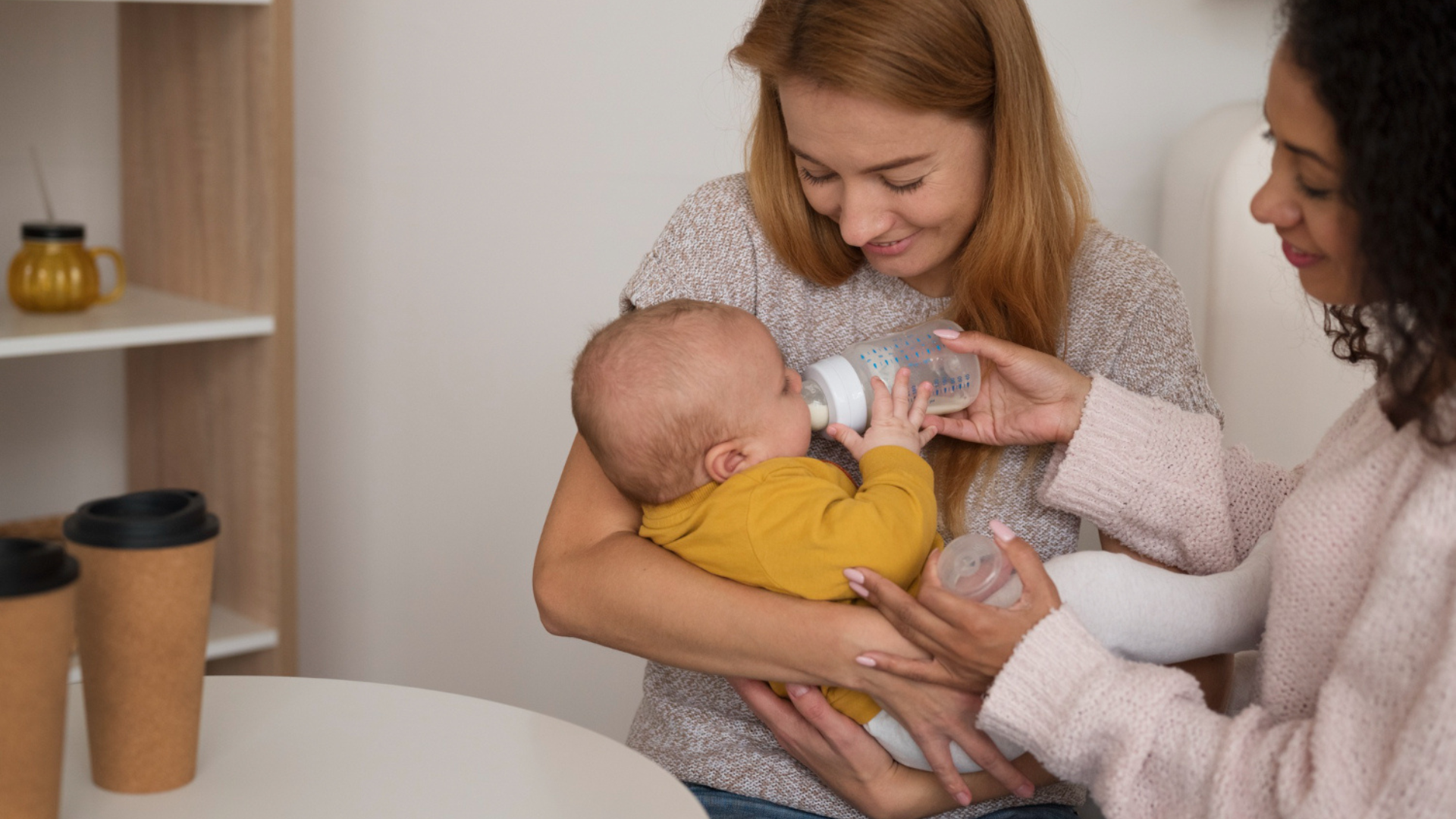
Handling warmed breast milk can feel like a lot, especially when you’re already doing so much. These gentle reminders can help you keep track and make feeding a little easier each day.
1. Label Everything Clearly
Write down the date and time when the milk was pumped, thawed, or warmed. This helps you keep track and use it within the safe time window. Color-coded labels or stickers can be a big help, especially if others are helping with feeds.
2. Warm Only What You Need
Try to warm just the amount your baby is likely to finish. That way, you won’t have to throw away unused milk, since anything left after feeding needs to be tossed within 2 hours.
3. Keep Things Clean
Wash your hands well before handling bottles or milk. Make sure all feeding equipment, bottles, nipples, and warmers are clean and sterilized as recommended.
4. Trust Your Instincts
If the milk smells sour or looks off, it’s best not to use it even if it’s within the safe time. Fresh milk usually has a mild, sweet smell.
Final Thoughts
Every parent wants to get feeding “just right” but there’s no one perfect way, and that’s completely okay. What really counts is the care, effort, and love you’re pouring into each feed.
Handling breast milk, warming it, storing it, and deciding when to discard it can all feel like a lot when you’re just trying to feed your baby. Sometimes bottles get mixed up, a warming step is missed, or you’re unsure how long the milk’s been out. These moments happen, and they don’t make you any less attentive or capable.
If you’re ever feeling uncertain, reaching out to a pediatrician or lactation consultant can really help. No question is too small when it comes to your baby’s health.
More than anything, remember that you’re doing something deeply important. Be kind to yourself.
FAQs
Can I warm breast milk twice?
It’s best to warm breast milk only once. Reheating it multiple times can increase the chance of bacteria growing and may reduce some of the milk’s valuable nutrients. If your baby doesn’t finish the bottle within 2 hours after warming, it’s safest to discard the leftover milk. I know it can feel wasteful, but your baby’s health comes first.
Can I put leftover milk back in the fridge?
If your baby has already fed from the bottle, it’s safest not to put leftover milk back in the fridge, as bacteria from your baby’s mouth can transfer into the milk. However, if the milk was warmed but your baby hasn’t fed from it yet, you can store it in the fridge and use it within 2 hours. It’s a tricky balance, but these guidelines help keep your baby safe.
Does milk have to be warm?
Not at all! Your baby can drink breast milk cold, at room temperature, or warmed, whichever they seem to prefer. Some babies happily take cold milk, while others may want it warmed up. Trust your baby’s cues; they’ll let you know what feels best.
Why does my milk smell soapy?
If your breast milk has a slightly soapy or metallic smell, that’s usually because of an enzyme called lipase breaking down fats. It can change the taste and smell, but rest assured, the milk is still completely safe for your baby. It’s a common experience, and many babies don’t mind the taste.
Is it safe to microwave breast milk?
Microwaving breast milk isn’t safe because it can heat unevenly, causing “hot spots” that might burn your baby’s mouth. It can also break down some of the milk’s essential nutrients. Warming milk gently, such as in a bowl of warm water, is a kinder, safer approach.




